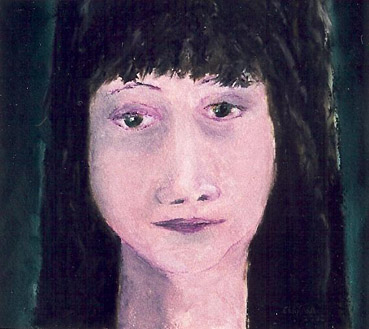Art and Grief
Dear Reader,
As the second anniversary of my sister, Jennie’s, death
approached, a heavier than usual sadness took hold. It wasn’t
surprising because her husband, David, had died the month before,
exactly 23 months after her. Stanley Kunitz asked in his poem,
“The Layers,” How shall the heart be reconciled/
to its feast of losses?
One answer is that reconciliation is a do-it-yourself job. I
wracked my brain’s self-help compartments to figure out
how to get through March 10th, how to self-soothe, how to distract
myself. An answer finally came to me: Don’t avoid grief.
Confront it and embrace it. Jennie will help.
Worcester, Massachusetts is about 45 miles from Boston and the
Museum of Fine Arts. I asked my husband, John, “If the
weather is good, can we spend March 10th at the MFA?” He
guessed why I needed to be there. I researched their exhibition
listings and hoped that Jennie and I would find each other in
the galleries.
After strapping Jennie’s favorite watch to my wrist, we
drove to Boston. I had listed nine exhibitions in my art journal.
I was on a mission.
Yes, she was there. In the eyes of Egon Schiele’s portraits.
In M. C. Escher’s complex, surreal, multi-dimensional worlds.
In a cherub’s thick curly hair. In the technicolor feathers
of an angel’s wing. In Pissarro’s soft snowfall. It
felt good to feel her presence, but I wondered if I were simply
remembering the many times we would visit a museum together.
I stood in front of Mark Rothko’s “Untitled”
(1955), quietly staring at the point where his floating white
rectangle meets the orange one below. I felt myself being pulled
into the horizon. Coming toward me was Jennie, without form
or image, but an energy that I knew was her. Seconds later,
it was over.
A wall label featured a Rothko quotation: “A painting is
not a picture of an experience, it is an experience…I paint
very large pictures…because I want to be very intimate
and human…people who weep before my pictures are having
the same religious experience I had when I painted them.”
As we were leaving the museum, John asked how I was feeling.
I said, “I’m still sad, but satisfied.” He said,
“Then you’re sad-isfied.”

“Portrait of Jennie” 2000
